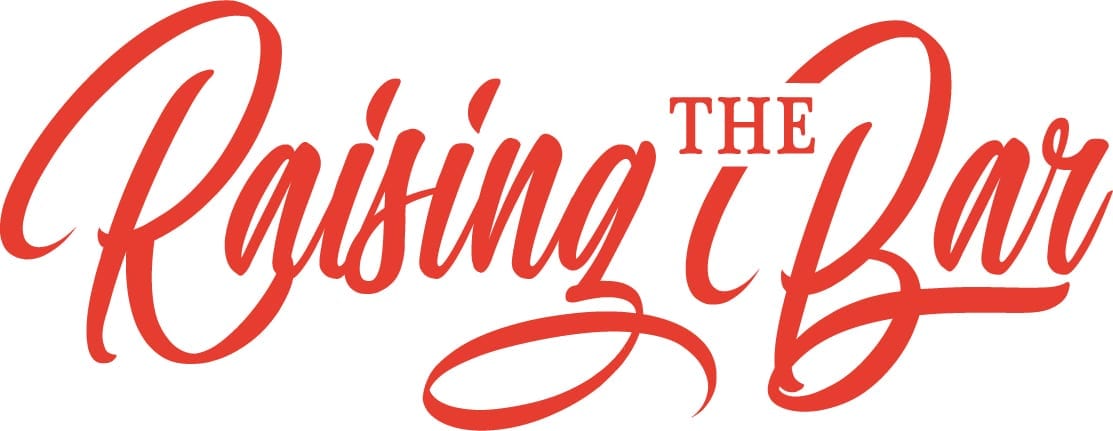In the 1934 movie, The Thin Man, sleuth Nick Charles (played by William Powell), instructs a group of bartenders on how to properly shake different cocktails,
“See the important thing is the rhythm. Always have rhythm in your shaking. Now for a Manhattan you shake to a fox trot time; a Bronx, to a two-step time; for a dry martini, you always shake to waltz time.”
Modern mixologists might not agree with Charles’ rhythmic recommendations, but all would vouch that a good cocktail shaker is essential. Mixing of drinks, after all, implies some method of combining spirits and ingredients. America’s first mixed drink was the punch dating back to the 1600s. Ingredients were combined in a large bowl usually stirred. The easy to recall ingredients – “one of sour, two of sweet, three of strong, four of weak,” made rum punch the drink du jour of colonial America. Cobblers, cups, flips, noggs, fizzes, flips, Juleps, shrubs, slings, smashes, and toddies, rounded out the genres of mixed drinks into the nineteenth century.
If your preference was a drink shaken, the method of shaking was to have two tumblers or metal cups with handles (often tankards) with the ingredients in one and the other empty. Bartenders poured the concoction back-and-forth between the two sometimes even making an arc, called a flare, and beginning the tradition of part mixologist and part showmanship.
The nineteenth century ushered in the professionalization of the bartending trade. The first published bartending guide arrived in the hands of eager bartenders in 1862. Jerry Thomas, considered the Father of American mixology, had crisscrossed the country bartending at hotel bars from New York to San Francisco and back. While bartending in San Francisco, Thomas became famous for his Blue Blazer which utilized the flare, shaking the lit concoction and creating a big flaming arc of mixed drink as it is passed from one cup to the other.
By the mid-1800s ice, harvested from frozen winter ponds and transported by railroad, entered the bar scene and a new genre of drink, cocktails, was introduced. In his 1862 bartending guide, Thomas explained, “the ‘Cocktail’ is a modern invention, and is generally used on fishing and other sporting parties…” This new age of professional bartending and the introduction of cocktails intersected with the era of innovation and invention in America. Electricity was lighting up cities across an expanding nation, people were communicating via telephone, and revolutionary steelmaking processes were reshaping cityscapes with tall skyscrapers. At home, domestic life was changing with the emergence of household timesaving devices. At fancy downtown hotel bars and workingman’s saloons, innovations were impacting the bartending trade as well. The popularity of cocktails demanded a more efficient method of shaking for busy bartenders. In December 1872, William Harnett received a patent for his apparatus for simultaneously mixing six drinks on a turntable. Between the 1870s and 1920s, dozens of patents were issued for cocktail related tools and equipment with the majority pertaining to the shaking of drinks.
Cocktail shakers fall into three categories. The Boston shaker, sometimes favored by professionals, consists of a pint glass and tin tumbler. Cobbler-style shakers are 3-piece shakers that include their own strainer and are most common in the home bar. The French shaker consists of two tins and are also a favorite of mixologist professionals. In the 1920s, during American Prohibition, the golden age of cocktail shakers emerged. All sorts of shapes, sizes, and types became available for bartenders and common folk alike. It was the birth of the home bar where cocktail shaking skills and drinking rituals were as much symbols of the roaring 20s as was the flapper or the Model T. When Prohibition ended in the mid-1930s, cocktail shakers continued to evolve with dozens more patents issued many with mid-century modern design. This all leads to the question: Why are some cocktails stirred and other shaken?
Stirring verses shaking is about chemistry. The rule of thumb is stir for spirits to spirits, and shake for spirits to juice, egg, or dairy. When shaking, the idea is to quickly move the contents inside the shaker from one end to the other. This complex movement allows air to be incorporated resulting in an ice-cold frothy libation. This marriage of skill, proper tools, and quality ingredients is what craftsmanship in a cocktail is all about.


